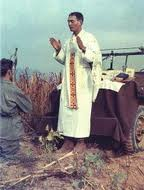 In a news release earlier this month, the Archdiocese for the Military Services, USA reported a steady increase in the number of young men entering Catholic seminaries who would like to become military chaplains.
In a news release earlier this month, the Archdiocese for the Military Services, USA reported a steady increase in the number of young men entering Catholic seminaries who would like to become military chaplains.
At the start of the 2011-2012 academic year, the number of co-sponsored and military-affiliated seminarians will stand at 31, up sharply from just three in 2008-2009; 12 in 2009-2010; and 23 in 2010-2011.
Co-sponsorship means that a diocesan bishop agrees to accept the young man as a seminarian, and that the seminarian will participate in the Chaplain Candidacy Program of one of the branches of the U.S. armed forces. The bishop agrees to release him for service as a military chaplain after three years of pastoral experience as a priest in his diocese. When the priest leaves military service, he returns to the diocese.
Father Kerry Abbott, O.F.M. Conv., Director of Vocations, said, “This is one of the ‘untold stories’ of the blessings of the Holy Spirit upon the Church Continue reading New Soldiers for Christ
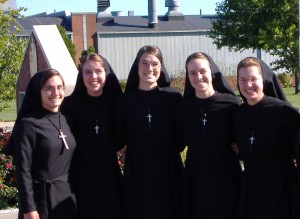
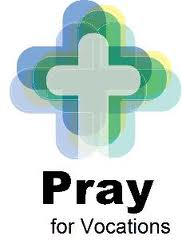 Last week the editors of the
Last week the editors of the 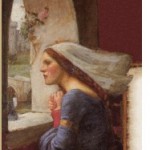 Check out
Check out  The National Catholic Register published last week an article chronicling the journey of fifteen sisters who broke away from their sedevacantist community in 2007 to form the
The National Catholic Register published last week an article chronicling the journey of fifteen sisters who broke away from their sedevacantist community in 2007 to form the 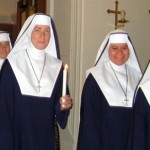 Sr. Mary Eucharista, a member of the
Sr. Mary Eucharista, a member of the 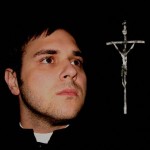 In 2007, Fr. Joseph Fessio of Ignatius Press and Cardinal Raymond Burke, then Archbishop Burke of St. Louis, teamed with actor and playwright Kevin O’Brien to launch the Theater of the Word production company to spread the Gospel message through stage, film, television, audio recordings and the internet.
In 2007, Fr. Joseph Fessio of Ignatius Press and Cardinal Raymond Burke, then Archbishop Burke of St. Louis, teamed with actor and playwright Kevin O’Brien to launch the Theater of the Word production company to spread the Gospel message through stage, film, television, audio recordings and the internet.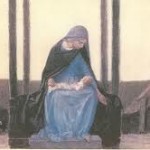 Today, as we celebrate the Queenship of Mary, I thought I would offer you the following excerpt from Pope Benedict XVI’s Wednesday Audience last week, in which he continued his series of reflections on prayer, which truly is the lifeblood of all vocations in Christ:
Today, as we celebrate the Queenship of Mary, I thought I would offer you the following excerpt from Pope Benedict XVI’s Wednesday Audience last week, in which he continued his series of reflections on prayer, which truly is the lifeblood of all vocations in Christ: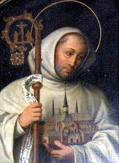 Tomorrow is the feast day of St. Bernard of Clairvaux (1090-1153), the great Cistercian monk. For many people, unfortunately, St. Bernard is merely a big, lovable breed of working dog. Even those of us with Catholic sensibilities might not know too much about him. Maybe we remember that he was devoted to Our Lady (which saint wasn’t?), and that he is believed to be the author of the prayer commonly known as the Memorare (”Remember, O most gracious Virgin Mary . . .”). But even that’s probably pushing it.
Tomorrow is the feast day of St. Bernard of Clairvaux (1090-1153), the great Cistercian monk. For many people, unfortunately, St. Bernard is merely a big, lovable breed of working dog. Even those of us with Catholic sensibilities might not know too much about him. Maybe we remember that he was devoted to Our Lady (which saint wasn’t?), and that he is believed to be the author of the prayer commonly known as the Memorare (”Remember, O most gracious Virgin Mary . . .”). But even that’s probably pushing it. In a
In a 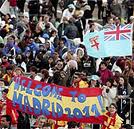 World Youth Day officially opened today. I just saw an article in the current issue of
World Youth Day officially opened today. I just saw an article in the current issue of